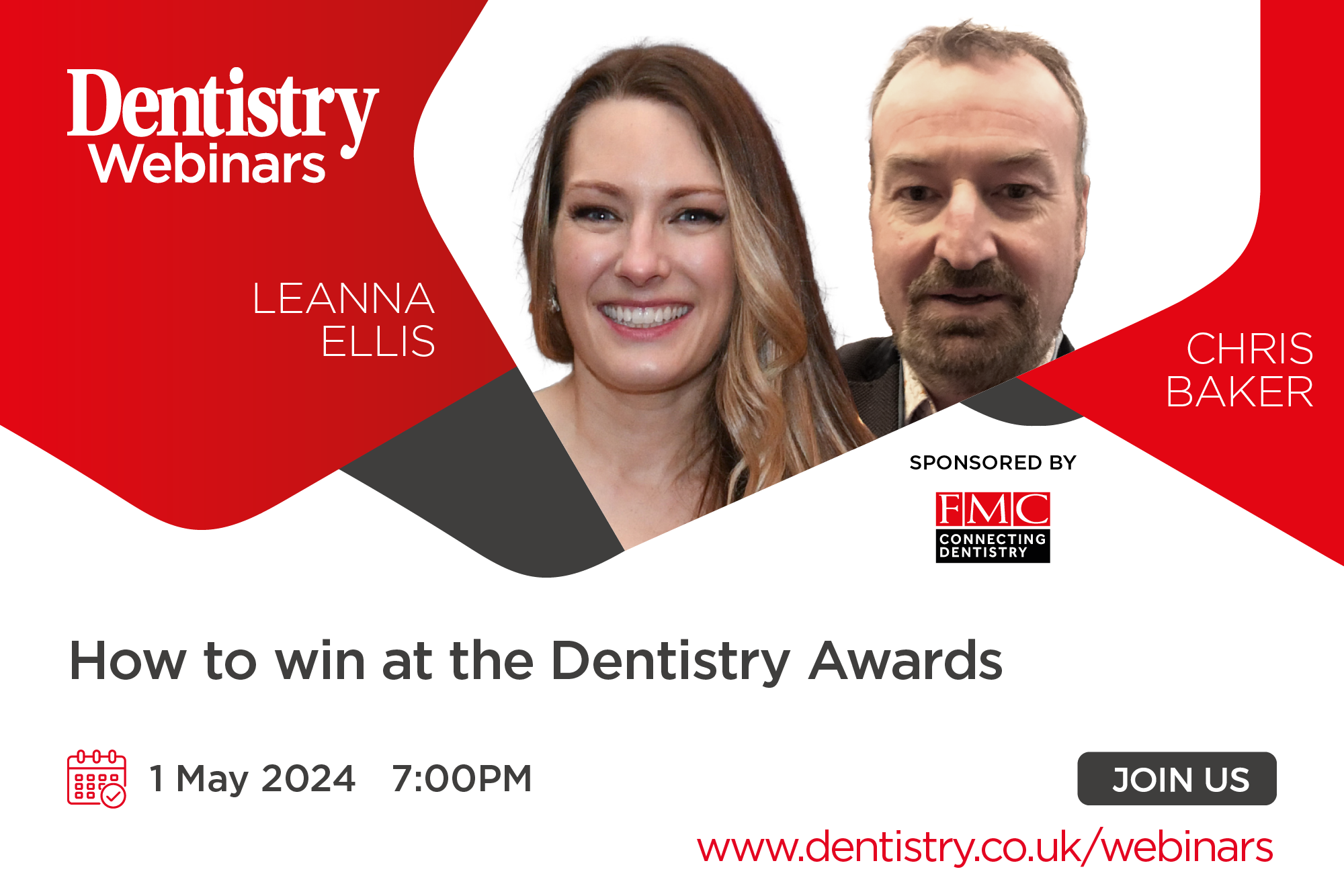Andrew Prynne explains why he was drawn to the Quicksleeper system and how patients have responded to it.
What first drew your attention to the Quicksleeper?
It was actually our marketing consultant who first suggested that we look at the Quicksleeper. They found that they had been able to promote other dental clients as pain-free dentists.
So about seven years ago one of my partners and I went off to an introductory course. We found its claim to be painless completely proven. Its profound anaesthesia, its speed of action and a complete lack of any soft tissue numbness. It sold itself to us straight away.
We took on a number of units and we’ve been using them constantly ever since.
As a completely new system, how easy was it to adopt initially and implement into the practice?
Well it’s true to say that there is a learning curve. But if you follow the training and respect the protocols, we very quickly perfected the technique.
Once we were comfortable with the basic use of the Quicksleeper, we attended a masterclass which showed us how to open up the rest of the mouth. I was determined not to go back to my traditional syringe. I asked the team to take away all of my syringes and put them somewhere in the practice so I wouldn’t know where they are.
Now, seven years on, I still don’t know where they are. I have absolutely no need for them.
How was the response from your patients and how do you think it has benefitted them?
My patients have taken to it immediately. They will often comment on how amazing it is to have a painless dental procedure and then not feel numb at all afterwards.
I’ve had some great testimonial videos from patients after treatment, showing clearly that they have got no loss of function and no droopy lips.
They perceive also that there is no needle involved. It really is that comfortable.
What is your favourite aspect of the Quicksleeper?
Without a question, it is the sheer speed that a profound and completely predictable anaesthetic can be given, even on hot teeth. This allows us to start straight away.
The stress relief from knowing that a patient will not feel any pain is really massive.
How often do you use the Quicksleeper and which procedures do you use it for?
As the Quicksleeper is my only anaesthetic device, I use it every day and for every procedure that requires anaesthesia. I’d estimate that of all the dental anaesthetics that I deliver, about 95% are intraosseous and the rest I deliver in the traditional fashion.
I’d choose to use the traditional technique only where the intraosseous delivery was contraindicated for any reason.
Regarding dental procedures, I use the Quicksleeper for all procedures. These can be simple restorative treatments, periodontal treatments, surgery and implant placements.
How do you think this has benefitted you? Do you feel there has been a good ROI?
One of the benefits is that I really enjoy using it. It’s a really satisfying process. Using the Quicksleeper intraosseously has a huge benefit in efficiency and time management. Treatments can be carried out immediately and appointment management can be more efficient as the anaesthesia is predictable.
In this way, only a single visit is often needed whereas before we might have needed two. So it’s a huge time saver!
I believe the greatest benefit for me is the massive reduction in stress levels. I know that I’m not going to cause my patient any pain so I can just get on with the job in hand. Historically if a patient experiences pain during treatment, the stress levels that they perceive shoot up – as do those of the dentist. It can be a spiral of stress.
With enhanced efficiency and appointment management, coupled with it being a unique marketing tool, I can truthfully say that it has represented a great return on our investment.
What role does your nurse place in using the Quicksleeper?
All of our nurses are fully trained to set up and dismantle the unit. The whole team understand the unique features of intraosseous anaesthesia and will be there ready for action as soon as I withdraw the needle.
If I am carrying out procedures in more than one area of the mouth in a single appointment, I will anaesthetise the first area and complete that treatment in that area. At the appropriate moment, my nurse will have dismantled the unit and reassembled it, ready for the second delivery. There is absolutely no down time.
What advice would you give to anyone considering the Quicksleeper?
We are very lucky here in the UK to be supported by Swallow Dental. They offer introductory training and a no-obligation clinical trial for a month. A dentist can use that system in their own practice with additional support from a trainer before they commit to the system.
The advice I would give is to get in touch with Swallow Dental and experience this amazing system for yourself.
For more information visit www.swallowdental.co.uk.



